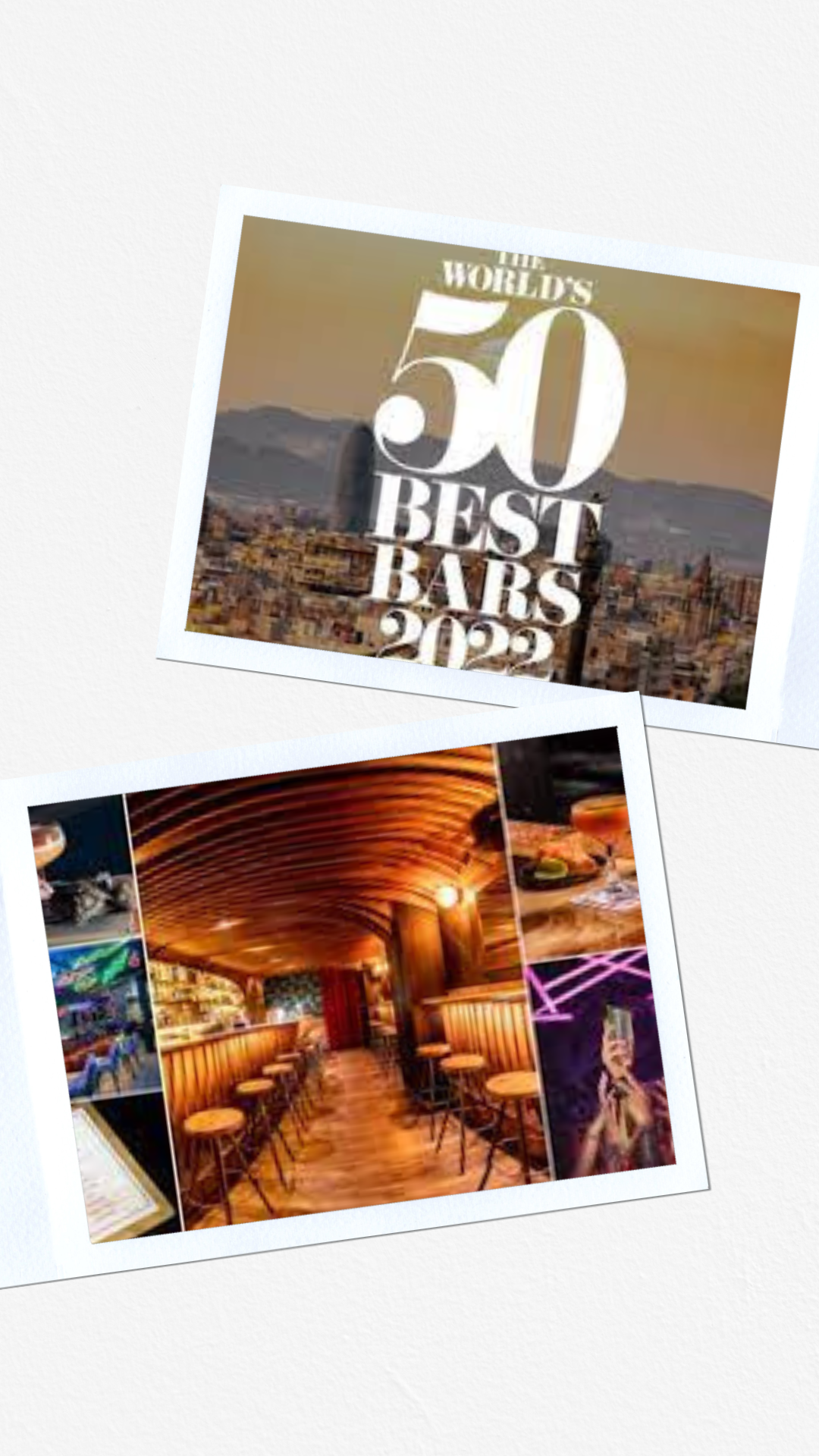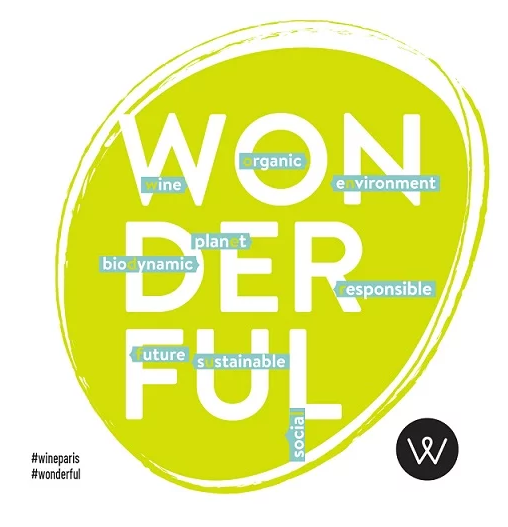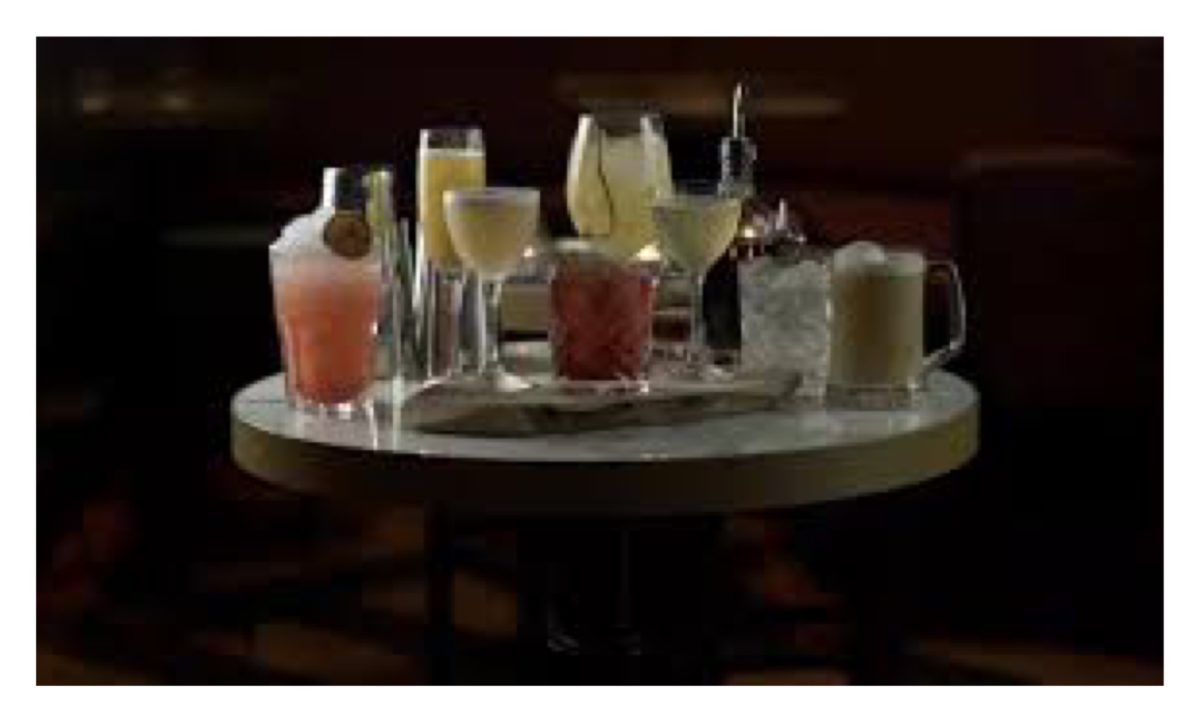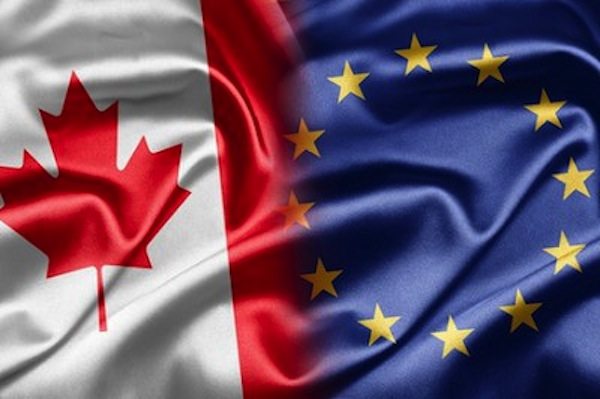The World’s 50 Best Bars 2022 (sponsored by Perrier) was announced a few weeks ago at a live awards ceremony in Barcelona.
The list is compiled by votes from The World’s 50 Best Bars Academy, which includes 650 drinks experts, including bartenders and industry consultants, drinks writers and international cocktail specialists.
Barcelona, home to “Paradiso” is the newly crowned world’s best bar! For the first time since 2009, a bar outside of New York or London earned the No. 1 spot on the list. It’s a Mediterranean-style speakeasy, where you enter through a freezer door of a pastrami bar in Barcelona’s trendy El Born district. “It’s a big honor to win and a big responsibility. We will work hard to live up to being the best and stick to our principles. Our cocktails try to push creativity,” Giannotti told 50 Best on Tuesday evening state owners Giacomo Giannotti and Margarita Sader. “But it comes down to hard work. The more you work, the more you discover and the more creative you can be. We will celebrate and then go back to the bar to do what we do.”
Italy also made a strong showing in 2022’s top 50, with bars in Rome, Florence, Milan and Naples. Florence also made its first appearance as well as Portugal’s capital city, Lisbon.
London was toppled from the top spot; the city is still one of the world’s premier cocktail destinations. Five London bars made the list, including The Connaught Bar, which dropped from its No. 1 ranking for two consecutive years, to No. 8 in 2022. London’s Tayēr + Elementary, which awards ceremony host Mark Sansom said is “one of the most original bars on the planet,” held onto its No. 2 spot from 2021.
New York City was the city with the most highly ranked bars on the 2022 list with six top 50 bars, including Double Chicken Please at No. 6 and Katana Kitten at No. 9.
Double Chicken Please won the Highest New Entry award for its strong debut. Sansom, who is content director of The World’s 50 Best Bars, told CNN Travel the bar has “an almost Michelin-grade kitchen,” one example of a growing emphasis on food programs at the world’s leading bars.
Here is a List of the top 25 World’s Best Bars for 2022
- Paradiso, Barcelona (Winner: Best Bar in Europe)
- Tayēr + Elementary, London
- Sips, Barcelona (Winner: Highest Climber)
- Licorería Limantour, Mexico City (Winner: Best Bar in North America, Legend of the List)
- Little Red Door, Paris (Winner: Sustainable Bar Award)
- Double Chicken Please, New York (Winner: Highest New Entry)
- Two Schmucks, Barcelona
- The Connaught Bar, London
- Katana Kitten, New York
- Alquímico, Cartegena (Winner: Best Bar in South America)
- Handshake Speakeasy, Mexico City
- Jigger & Pony, Singapore (Winner: Best Bar in Asia)
- Hanky-Panky, Mexico City (Winner: Art of Hospitality)
- Bangkok Social Club, Bangkok (Winner: Best New Opening)
- Salmon Guru, Madrid
- Drink Kong, Rome
- Coa, Hong Kong
- Florería Atlántico, Buenos Aires
- The Clumsies, Athens
- Baba au Rum, Athens
- Cafe La Trova, Miami
- Attaboy, New York
- Satan’s Whiskers, London
- Tropic City, Bangkok
- Kumiko, Chicago
The full list of the top 50 can be found here: https://www.worlds50bestbars.com/
#Worlds50BestBars #50BestBars #50BestTasteHunter #Awards #Barcelona #BCN #Barca #BarcelonaBars #Speakeasy #ThingsToDoInBarcelona #No1 #Worlds50Best #Bar #Bars #Cocktail #Cocktails #Travel #Imbibe #Drinkstagram #Paradiso #Perrier #Restaurant #Bar #Bars #Restaurants #BestRestaurants #BestBars #FineDining #CasualDining #Dining #Chefs #50BestDiscovery #Bartenders cocktails #winelovers #wine #winelist #winenews





